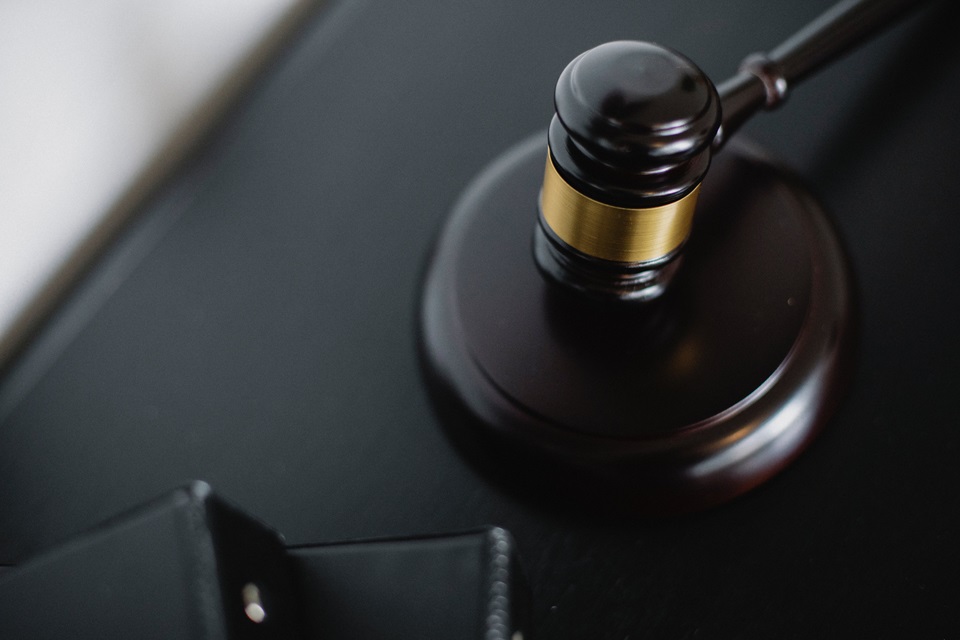Personal injury cases revolve around proving causation, establishing a direct link between an incident and the resulting harm to the victim. However, navigating these specifics in a legal setting can be especially challenging as the victim attempts to recover physically, mentally, and financially. Here are some of the common complexities and hurdles faced in proving causation, and some actionable strategies to overcome these challenges.
Table of Contents
What Is Causation?
In legal contexts, proving causation is fundamental. It involves demonstrating that the defendant’s actions directly led to the plaintiff’s injuries or damages. However, this seemingly straightforward concept is layered with complexities that pose significant obstacles in personal injury cases.
Understanding Causation
Defining Causation In Legal Terms
Courts often distinguish between actual cause (the direct link between the defendant’s actions and the harm caused) and proximate cause (foreseeable consequences of the defendant’s actions). This distinction complicates the process of establishing causation.
Types Of Causation: Actual Vs. Proximate Cause
Distinguishing between these types becomes pivotal in personal injury cases. The actual cause is not enough to settle a personal injury case, proximate cause is the legal cause of an injury and ultimately decides liability. Proving proximate cause requires foreseeability and a close connection between the defendant’s actions and the harm suffered by the plaintiff.
Challenges Faced In Proving Causation
Lack Of Direct Evidence
One of the primary hurdles is the absence of direct evidence linking the defendant’s actions to the plaintiff’s injuries. This absence often leads to reliance on circumstantial evidence, which may be insufficient to establish a causal link beyond a reasonable doubt.
Pre-Existing Conditions & Contributory Factors
The existence of pre-existing conditions or other contributing factors complicates matters. Defendants may argue that the injuries were pre-existing or caused by other factors, challenging the direct link to their actions potentially reducing or eliminating recoverable damages by the accident victim.
Complex Medical Evidence
Medical evidence is pivotal, yet its complexity can befuddle the jury or the judge. Explaining intricate medical jargon to establish causation becomes a Herculean task.
Legal Precedents & Burden Of Proof
Legal precedents often set the standard for proving causation. The burden of proof lies with the plaintiff, demanding substantial evidence to establish a causal relationship.
Expert Witnesses & Their Role In Proving Causation
Courts often rely on expert witnesses to simplify complex medical and technical evidence. Their testimony aids in establishing a clear connection between the defendant’s actions and the plaintiff’s injuries.
Strategies For Establishing Causation
Building A Strong Narrative
Crafting a compelling narrative that links the defendant’s actions to the plaintiff’s injuries can sway opinions in court. Presenting a coherent story aids in bridging gaps in evidence.
Utilizing Forensic Evidence
Forensic evidence, including accident reconstruction, can bridge the gap in establishing causation. These objective scientific analyses often provide crucial insights.
Utilizing Medical Experts Effectively
Effective use of medical experts, explaining complex medical terms in layman’s language, helps in establishing a clear link between the incident and the injuries suffered.
The Impact Of Causation Challenges On Personal Injury Cases
These challenges significantly impact the timeline and outcome of personal injury cases. Proving causation in complex cases can extend the amount of time it takes for the case to resolve. Failed causation can lead to case dismissal or reduced compensation for the plaintiff. That’s why it’s imperative to have a comprehensive legal strategy and qualified representation. According to the Las Vegas injury attorneys at K&B, a lawyer can determine causation and establish negligence to build your case toward a favorable settlement or ruling.
Unraveling The Truth
Proving causation in personal injury cases remains a daunting task due to multifaceted challenges. However, employing robust strategies and adapting to evolving legal landscapes can surmount these hurdles.



